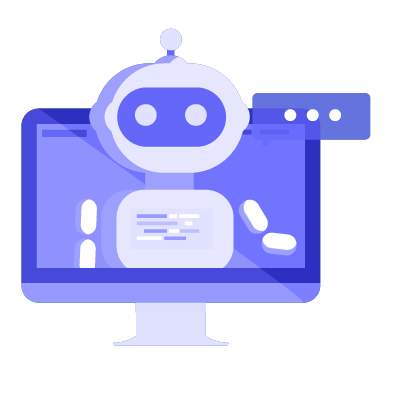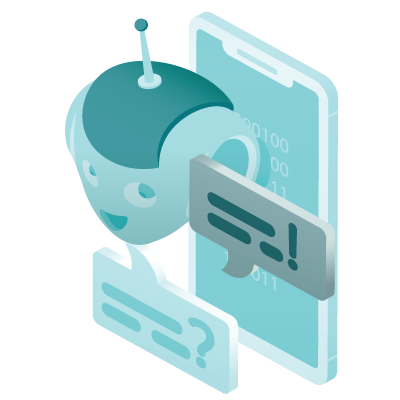Experience Optimization: A Journey in Conversational AI
Experience Optimization (XO) is what the future holds for driving enterprise engagement, productivity and innovation for any interaction, external or internal.
Experience Optimization (XO) is what the future holds for driving enterprise engagement, productivity and innovation for any interaction, external or internal.
Say, speeding your service-delivery model, applying smart deflection mechanisms and streamlining workflows to improve interaction experiences while reducing support costs.
Making this innovative technology work to your competitive advantage and achieving your business KPIs, think of it as an ongoing journey and not a quick fix or short-term initiative.
Undertaking this journey enables enterprises to create AI-powered virtual assistants and process assistant solutions that automate business interactions and enhance customer and employee experience. Become a market leader by driving such inside-out efficiencies that affect the topline as well as bottom-line.
Effective planning is key to achieving success with conversational AI. Enterprises need to craft an objective plan, find the right technology portfolio and tools and empower a team to execute that plan. Here are some tips for planning your journey:
Every virtual assistant journey is unique, based on the industry, organizational maturity, strategic priorities, budget constraints and more. Timelines are also unique, varying by specific use cases, integration and workflow complexities, available resources, compliance and change management requirements. We have identified the following five phases as an inevitable part of every successful conversational AI journey.
Plan your first digital (email, chat) or voice virtual assistant


Explore primary and secondary use cases, map out key requirements, determine which vendors and partners are required
Roll out additional tasks and dialog flows to a similar cohort of users


This step involves deploying your conversational agent, promoting it to your intended audience and establishing best practices for change management. The primary focus includes:
The final step is all about establishing conversational AI as a baseline competitive advantage within the company. At a glance, key activities include:

Learn how Kore.ai products and solutions can drive ROI, reduce expenses and increase revenue.